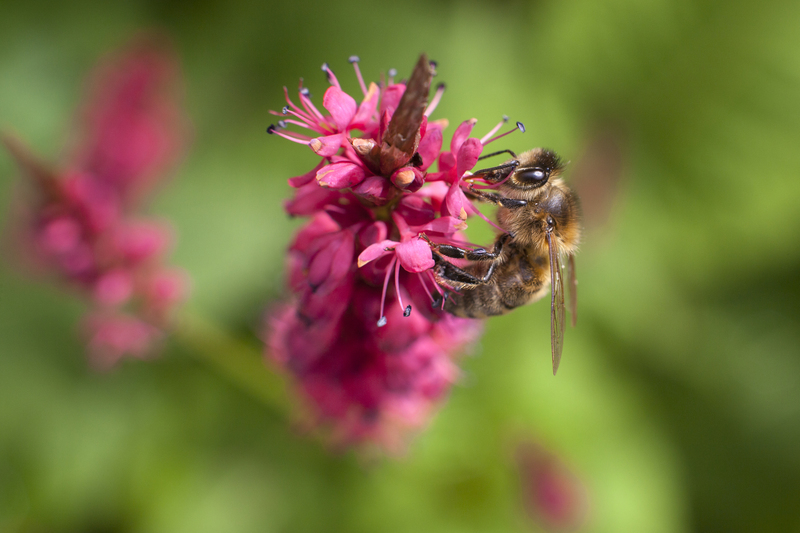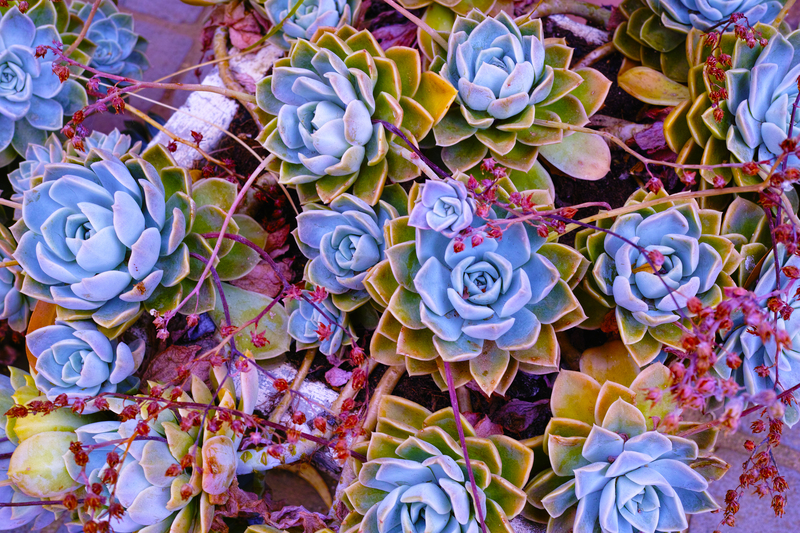Creative Ways to Enhance Garden Privacy
Posted on 31/07/2024
Gardens are a sanctuary of peace and tranquility, but privacy can sometimes be an issue. Whether you live in a densely populated area or have curious neighbors, maintaining privacy in your garden is important for relaxation and enjoyment. There are several ways to create a secluded oasis using natural and artificial elements. Here are some creative ways to enhance garden privacy.
1. Using Tall Plants and Trees
One of the most natural ways to create privacy in your garden is by planting tall plants and trees. Evergreen trees, such as Thuja or Leylandii, can form an effective and year-round screen. For a faster result, bamboo is also a great option as it grows rapidly and forms a dense barrier. For added beauty, consider flowering plants like hollyhocks or sunflowers.

2. Installing Fences and Walls
Fences and walls are traditional methods to create immediate privacy. Wooden fences can be customized with lattice tops for added height and decorative touch. Stone walls provide a solid and durable barrier. For a more modern look, consider using gabion walls filled with stones or other materials.
3. Trellises and Climbing Plants
Trellises are excellent for creating vertical privacy. When combined with climbing plants like ivy, clematis, or wisteria, they not only provide seclusion but also add beauty and fragrance to your garden. Trellises can be used as standalone screens or to enhance existing fences.
4. Adding Garden Structures
Garden structures like pergolas, gazebos, and arbours can provide both shade and privacy. Adding curtains or growing vines on these structures can enhance their effectiveness. These structures not only offer privacy but also serve as beautiful focal points in the garden.
5. Using Outdoor Fabrics and Screens
Outdoor fabrics and screens are versatile and can be used to create temporary or permanent privacy solutions. Consider using outdoor curtains on a pergola or standalone tensioned fabric screens. These options are flexible and can be moved or adjusted as needed.
6. Hedging
Hedges are a classic way to create natural privacy. Plants like boxwood, privet, or laurel can be trimmed to form dense walls. Hedging requires regular maintenance but provides a green and environmentally friendly privacy solution.
7. Water Features
Water features like fountains or ponds can serve as auditory privacy barriers by masking outside noise. The sound of flowing water creates a soothing environment and adds an extra layer of seclusion.
Pros and Cons
Each method of enhancing garden privacy has its advantages and disadvantages.
- Tall Plants and Trees: Natural and visually appealing but require time to grow and regular maintenance.
- Fences and Walls: Provide immediate privacy but may lack natural aesthetics and can be costly.
- Trellises and Climbing Plants: Combines beauty with functionality but requires regular pruning and care.
- Garden Structures: Multi-functional and attractive but can be expensive and require professional installation.
- Outdoor Fabrics and Screens: Flexible and easy to install but may not be as durable long-term.
- Hedging: Environmentally friendly and natural but requires time to grow and frequent trimming.
- Water Features: Adds a soothing element and auditory privacy but can be expensive and require maintenance.
Tips
- Plan Ahead: Consider the growth rate and maintenance requirements of plants and structures before installation.
- Mix and Match: Combine different methods for a more effective and aesthetically pleasing solution.
- Regular Maintenance: Keep plants trimmed and structures in good repair to maintain their effectiveness.

Takeaways
Creating garden privacy is essential for enjoying your outdoor space. Whether you opt for natural solutions like plants and hedges or artificial methods like fences and structures, there are numerous ways to enhance privacy. Consider the pros and cons of each option and choose what best fits your garden's needs and your personal preferences.
Conclusion
Enhancing garden privacy is a blend of creativity, planning, and maintenance. By using a combination of plants, structures, and decorative elements, you can create a serene and secluded space that allows you to relax without worrying about prying eyes. Prioritize what is most important for your privacy needs and enjoy the peaceful retreat that your garden can offer.




